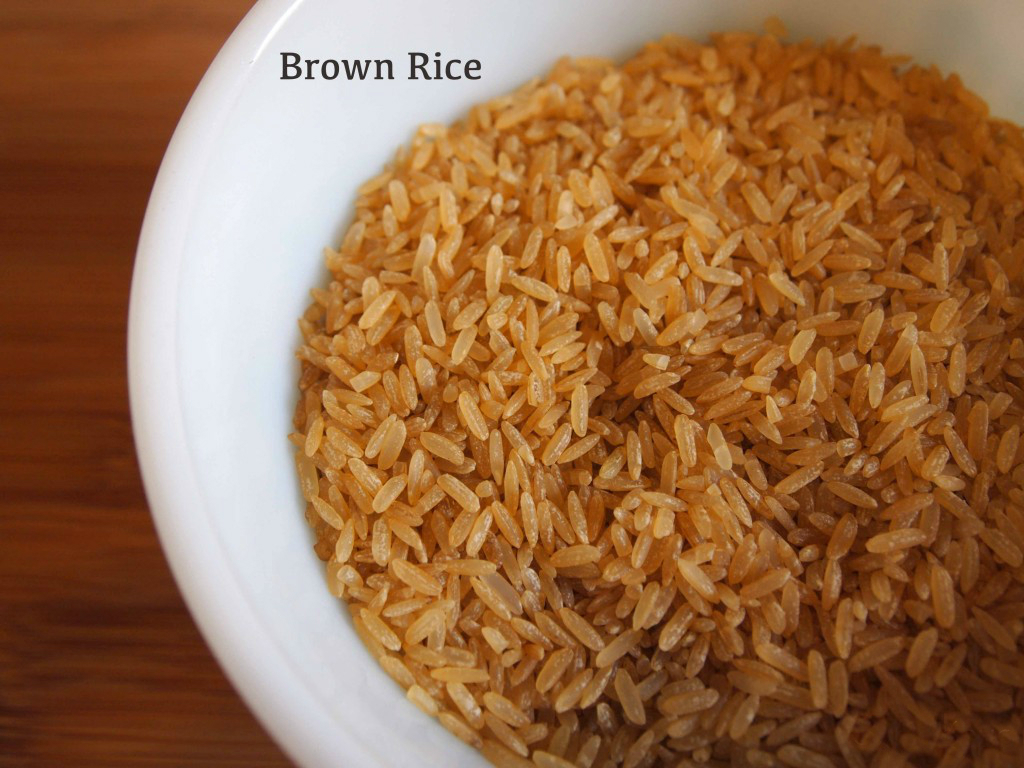
Your energy is zapped, your stomach is rumbling, and your personality has transformed from level-headed and sweet to short-tempered and snippy. Your hunger has led to anger: You’re officially hangry. We’ve all been there, and it’s not pretty, but fortunately—for the sake of your relationships and social life—it can be avoided. Here are five rules for thwarting hunger-induced crankiness, and the binge that often follows.
Eat more often
Many of my clients tell me they get so caught up with work, family responsibilities, or errands that they lose track of time, wait way too long to eat, and wind up (regrettably) biting someone’s head off. When you’re distracted, you may lose touch with your body’s signals and tune out hunger…and end up going more than 4 to 5 hours without eating. Or, if you eat at erratic times your hunger signals may get thrown off kilter. In either case, your body still needs a steady supply of fuel to perform both mentally and physically: When your blood sugar dips too low, the side effects generally include headache, anxiety, and agitation.
What’s more, you’re probably dipping into your reserves to create the fuel you need, and while it would be great if that just meant breaking down body fat, that’s not the way it works. Under-eating also triggers a breakdown of lean muscle, the metabolism-revving tissue you don’t want to sacrifice. To keep your both mind and body stable, set your cell phone alarm to go off to remind yourself to stop and eat lunch and have snacks. If you don’t have time for a real meal, stash healthy, ready-to-eat options in your bag or desk, so you’ll have them at the ready. My go-to snack is a combo of nuts or seeds and preservative-free unsweetened dried fruit. I mix a golf-ball sized portion each of almonds and cherries, or walnuts and figs.
Fill up on fiber
Fiber is, well, fibrous. It takes longer to chew, takes up space in your digestive system, fills you up, and helps regulate blood sugar and insulin response, all of which results in steady energy over a longer period of time. In other words, bulking up your meals with fiber is a good hanger-prevention strategy. The average fiber intake is about 15 grams per day, but the goal is at least 25 grams.
To hit the mark, aim for at least two daily servings of fruit (one at breakfast and one in a snack), include a few servings of veggies in each lunch and dinner meal, trade refined grains like white rice for whole grains (including brown or wild rice or quinoa), choose beans or lentils more often as your protein source, and incorporate nuts and seeds into meals and snacks. Some of the top sources of fiber include: raspberries (8 grams per cup), pears and apples (about 5 grams per medium piece), broccoli (5 grams per cup cooked), beans and lentils (7-8 grams per half cup), almonds (4 grams per ounce), and chia seeds (5 g per tablespoon).
Be strategic about protein and healthy fat
Both protein and fat delay stomach emptying and boost satiety. That means they help you feel fuller longer and delay the return of hunger, so incorporating them into meals is a smart way to avoid blood sugar swings and to steady your mood. If you’ve ever eaten something that was low in fiber, protein, and fat (think sugary candy, a bagel with jam, or a bowl of pasta with tomato sauce), you probably noticed how quickly your hunger returned, even if you consumed a large portion. In fact, two meals with identical calorie counts can result in drastically different effects on fullness, energy, metabolism, and mood.
Unless you’re about to work out, I recommend including some lean protein or heart healthy fat (ideally both) in every meal. Beans and lentils are staple protein sources for my vegan clients, while vegetarians add organic eggs and organic nonfat Greek yogurt, and my omnivore clients eat all of the above plus seafood and poultry. The healthy fats I recommend to everyone include avocados, nuts, seeds, nut/seed butters, and extra virgin olive and coconut oils. Pair them with produce and whole grains by choosing things like hummus made with olive oil plus veggies and quinoa; black bean chili made with veggies and brown rice topped with avocado; yogurt layered with berries, toasted oats, and slivered almonds; and veggies stir fried in coconut oil over wild rice topped with shrimp or salmon.
Munch mood-leveling foods
More and more research is exploring how certain foods and nutrients impact mood, so if you want to remain productive and chipper, your choices are key. For example, cinnamon has been shown to enhance concentration, walnuts are tied to better reasoning, and for positivity, produce is tops. In one study, scientists asked nearly 300 young adults to complete daily food diaries for three weeks, which included psychological and mood-related ratings. Researchers found that a higher consumption of fruits and veggies resulted in more energy, calmness, and greater feelings of happiness.
To reap the benefits, pick your produce first when planning your meals. One of my clients never ate veggies at lunch, because her usual meal was a turkey sandwich. Once she started thinking veggies first, her options widened to include lots of salads, stuffed peppers, veggie soups, and stews. Soon she went from eating one serving of veggies each day to easily fitting in three to four.
Sip yourself calm
One of the best ways to regulate your mood is to avoid sugary drinks and artificial sweeteners and instead reach for water and unsweetened hot or chilled green tea to stay hydrated. In a British food and mood study, more than 70% of the participants reported that upping their water intake improved their mood. And a Japanese study involving more than 40,000 people found that psychological stress levels were 20% lower in those who drank at least 5 cups of green tea per day, compared to those who drank less than one daily cup.
Source: health











